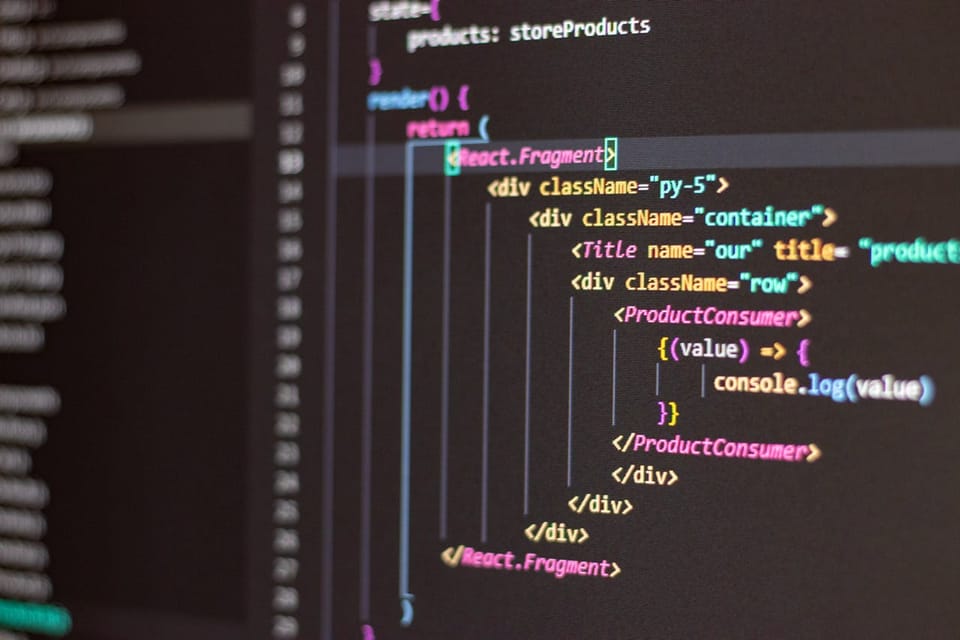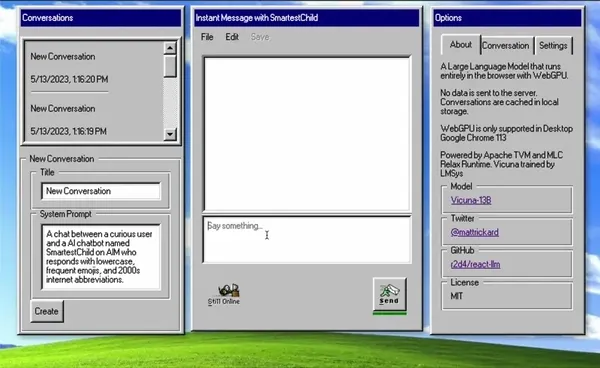Unveiling Next.js 15: A Game-Changer for Web Development, Awesome 18 New Features and Updates
Table of Content
As, Guillermo Rauch, the CEO of Vercel, unveiled Next.js 15 at the Vercel Ship Conference. This release brings a host of new features designed to enhance performance, simplify development, and provide developers with powerful new tools. With this release, setting up and optimizing your React projects has never been easier.
Next.js 15 is packed with improvements and innovations that promise to revolutionize web development. From advanced caching strategies to partial pre-rendering, Next.js 15 is set to change the way developers build and deploy web applications. This post will give you a detailed breakdown of the most important new features, their benefits, and practical use-cases.

New Awesome Features for Next.js
New Feature Spotlight: Next.js 15's "Next After"
One of the intriguing new features in Next.js 15 is called "Next After." This feature aims to optimize server tasks by prioritizing essential work and deferring less critical tasks. When a browser requests a website, the server processes and sends the primary content first, then handles additional tasks like analytics updates or algorithm feeds without making the user wait.
Benefit: Improved user experience by reducing wait times for primary content.
Use-Case: Applications needing to prioritize user-facing content while still performing backend tasks efficiently.
Turbo Pack: The Future of Bundling
Next.js 15 introduces Turbo Pack, a high-speed bundler set to replace Webpack in development mode. Turbo Pack promises faster and smoother bundling, significantly speeding up the development process.
Benefit: Enhanced development speed and efficiency.
Use-Case: All Next.js projects, particularly those with complex or large-scale bundling needs.

Improved Caching Strategies
Caching has been a pain point for many developers, but Next.js 15 aims to change that. By no longer automatically caching global APIs and route handlers, the framework provides more predictable behavior and allows developers to control caching more precisely.
Benefit: More predictable and controllable caching.
Use-Case: Applications requiring fine-tuned caching strategies to improve performance and data consistency.

Other Next.js 15 Feature
1. React 19 Compiler Support
Next.js 15 now fully supports the React 19 compiler, which brings significant performance enhancements. The React compiler optimizes your code out of the box, eliminating the need for hooks like useMemo and useCallback. This is a huge win for developers who have struggled with these hooks, as the compiler now automatically determines which parts of your code need to be rechecked, saving time and reducing errors.
Benefit: Enhanced performance and simplified code optimization.
Use-Case: Any React project can benefit from this, particularly those with complex state management that previously relied heavily on hooks.
2. Partial Pre-Rendering (PPR)
One of the standout features of Next.js 15 is partial pre-rendering. This feature allows developers to combine static and dynamic content on the same page, optimizing performance and data freshness. For example, a blog post can be statically rendered while the comments section is dynamically updated.
Benefit: Combines the best of both static and dynamic rendering, improving user experience and reducing server load.
Use-Case: Ideal for pages where some content changes frequently while other content remains static, such as e-commerce product pages with static descriptions and dynamic pricing.
3. Enhanced Static Site Generation (SSG)
Next.js 15 brings improvements to static site generation, making builds faster and more efficient. This reduces deployment times and improves the scalability of applications.
Benefit: Faster build times and improved scalability.
Use-Case: Large-scale websites and applications that need to generate a significant number of static pages efficiently.
4. Improved Dynamic Routing
Dynamic routing has been made more flexible and powerful in Next.js 15. Developers can now create more complex routing structures with ease, enhancing the flexibility of route management.
Benefit: Simplifies the creation and management of complex routing structures.
Use-Case: Applications with intricate navigation needs, such as multi-step forms or user dashboards.
5. Middleware Enhancements
The middleware capabilities in Next.js 15 have been significantly enhanced. This provides more control over request handling, enabling advanced use-cases such as authentication, logging, and data transformation.
Benefit: Greater control and flexibility in request handling.
Use-Case: Applications requiring custom authentication flows or detailed logging and analytics.
6. Image Optimization
Next.js 15 continues to improve image optimization, automatically optimizing images for faster loading times and better performance. This enhances the user experience by ensuring that images load quickly and efficiently.
Benefit: Improved performance and user experience through faster image loading times.
Use-Case: Image-heavy websites, such as portfolios, e-commerce sites, and news portals.
7. API Routes Improvements
API routes in Next.js 15 have been enhanced to provide better performance and more features. This makes serverless functions more efficient and easier to manage.
Benefit: Enhanced performance and easier management of serverless functions.
Use-Case: Applications that rely heavily on serverless functions for backend logic, such as data processing or API integrations.
8. Webpack 5 Support
Next.js 15 now supports Webpack 5, offering improved build performance, better caching, and reduced bundle sizes. This modern bundler brings significant performance improvements over its predecessor.
Benefit: Improved build performance and reduced bundle sizes.
Use-Case: Any web application, particularly those with large and complex codebases.
9. Built-in CSS Support
Next.js 15 includes built-in support for CSS and CSS-in-JS solutions, reducing the need for additional configuration. This simplifies the process of adding styles to your application.
Benefit: Simplified styling with built-in support for various CSS methods.
Use-Case: Projects of all sizes that require flexible and easy-to-manage styling solutions.
10. Improved Developer Experience
The overall developer experience in Next.js 15 has been enhanced with faster refresh times, better error messages, and more intuitive debugging tools. This makes the development process smoother and more efficient.
Benefit: A more efficient and enjoyable development process.
Use-Case: All developers working with Next.js, regardless of project size or complexity.
11. Internationalization (i18n) Enhancements
Next.js 15 brings improvements to internationalization support, making it easier to build multilingual applications. This includes better handling of locale data and more flexible configuration options.
Benefit: Simplified process for creating multilingual applications.
Use-Case: Applications targeting a global audience, requiring support for multiple languages.
12. Enhanced Analytics and Monitoring
Next.js 15 includes better tools for analytics and monitoring, providing deeper insights into application performance and user behavior. This enables data-driven decision-making and optimization.
Benefit: Better insights into application performance and user behavior.
Use-Case: Any application that benefits from detailed performance and usage analytics.

13. Extended Support for Edge Functions
Edge functions are now better supported in Next.js 15, enabling serverless functions to run closer to the user for lower latency and improved performance. This is particularly useful for applications with a global user base.
Benefit: Lower latency and improved performance through edge computing.
Use-Case: Global applications needing to reduce latency and improve user experience.
14. Optimized Server-side Rendering (SSR)
Next.js 15 improves the performance and scalability of server-rendered pages. This ensures that applications can handle increased traffic and deliver content more efficiently.
Benefit: Enhanced performance and scalability for server-rendered pages.
Use-Case: High-traffic applications requiring efficient server-side rendering.
15. Customizable Build Output
Developers now have more control over the build output in Next.js 15. This allows for customization to suit specific deployment needs and preferences.
Benefit: Greater control and flexibility in build output customization.
Use-Case: Projects with unique deployment requirements or those needing specific build optimizations.
Final Note
Next.js 15 is a major release packed with features designed to enhance performance, simplify development, and provide powerful new tools for developers. From supporting the React 19 compiler to introducing partial pre-rendering and improving caching strategies, this release has something for everyone.
Whether you're a seasoned developer or just starting with Next.js, these new features will make your development process smoother and more efficient. Stay tuned for the general availability of these features later this year, and get ready to leverage the power of Next.js 15 in your projects.
For a deeper dive into these features and more, check out the Next.js 15 guide and start exploring how these innovations can transform your web development experience.












